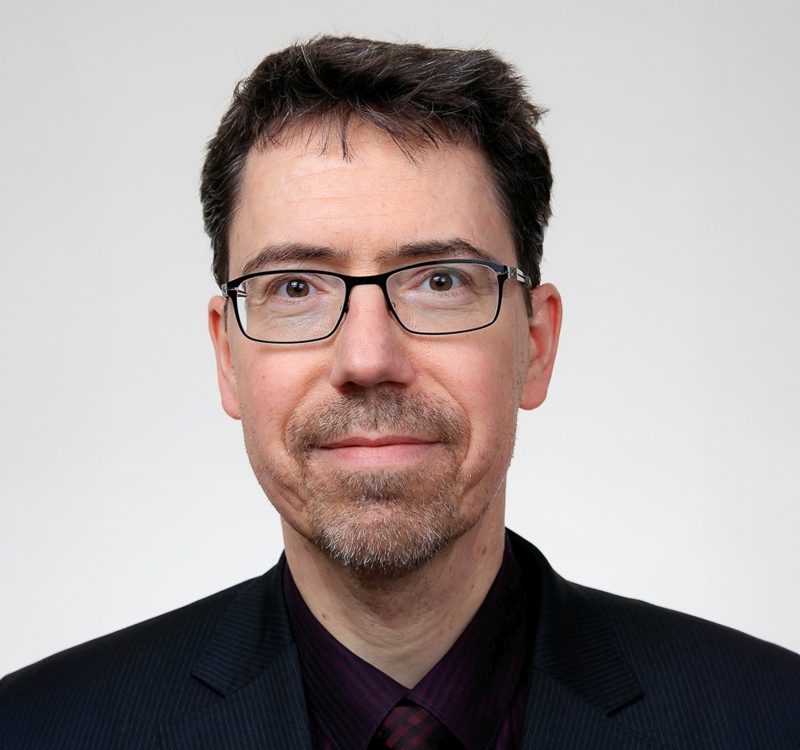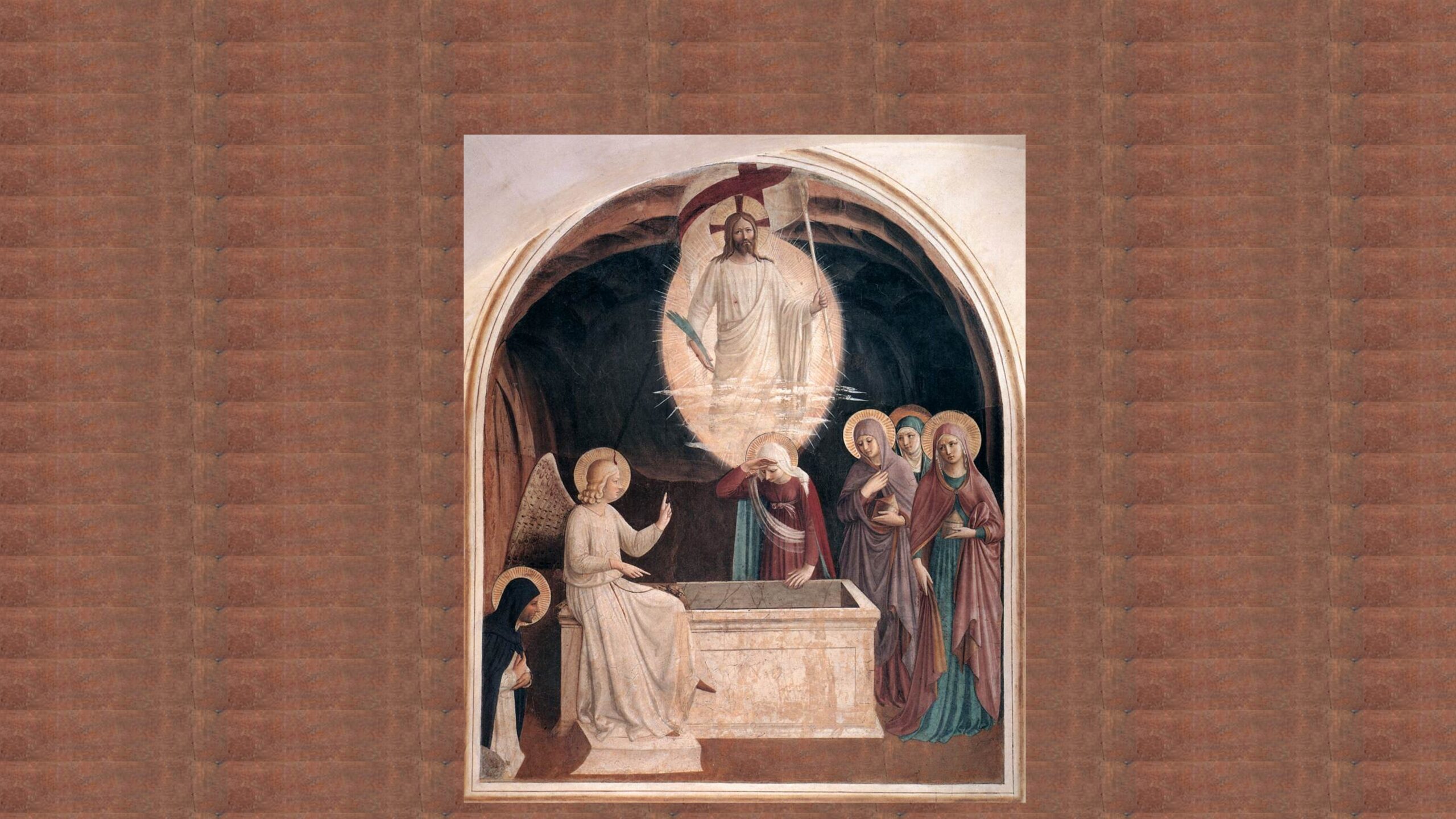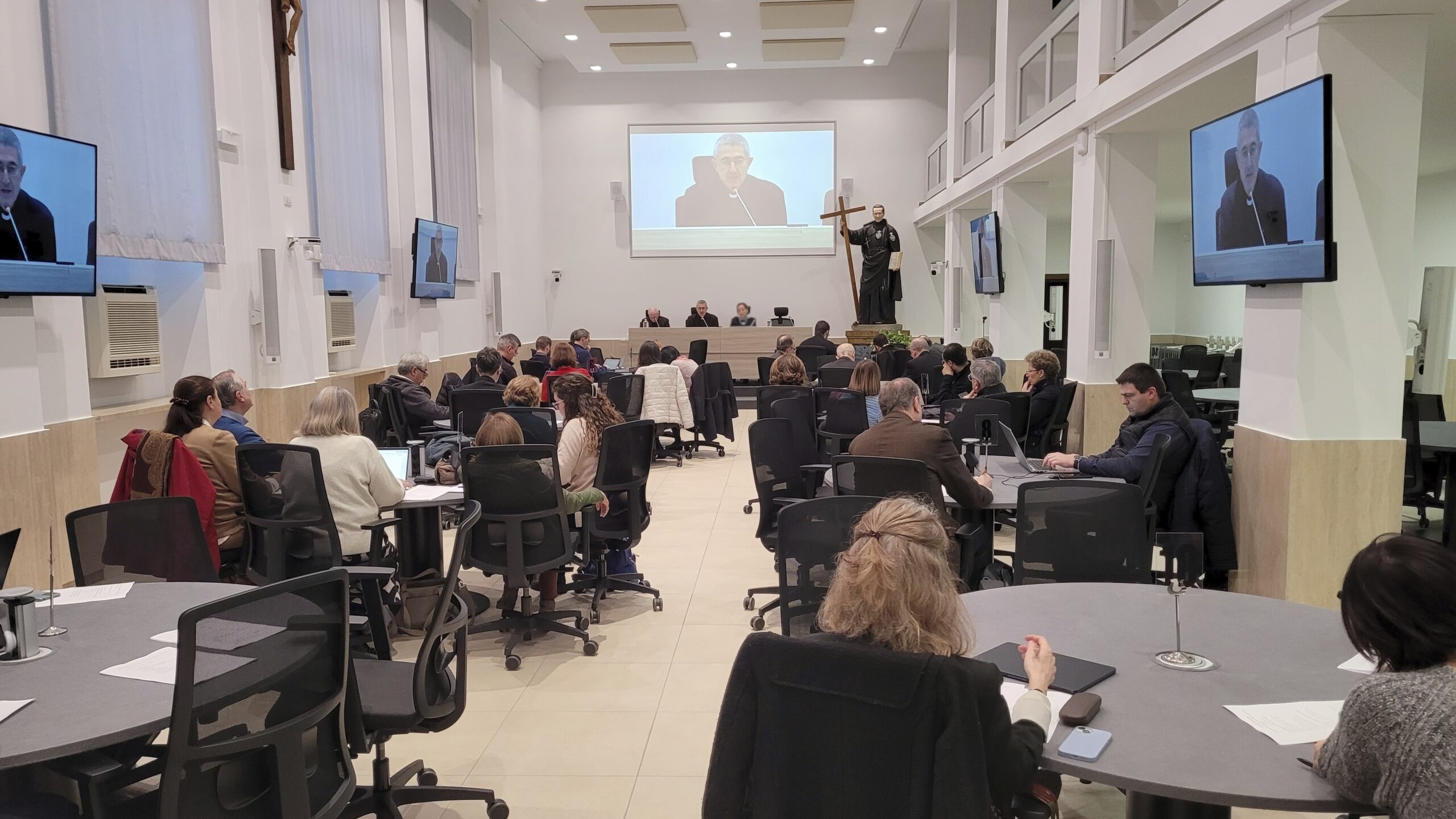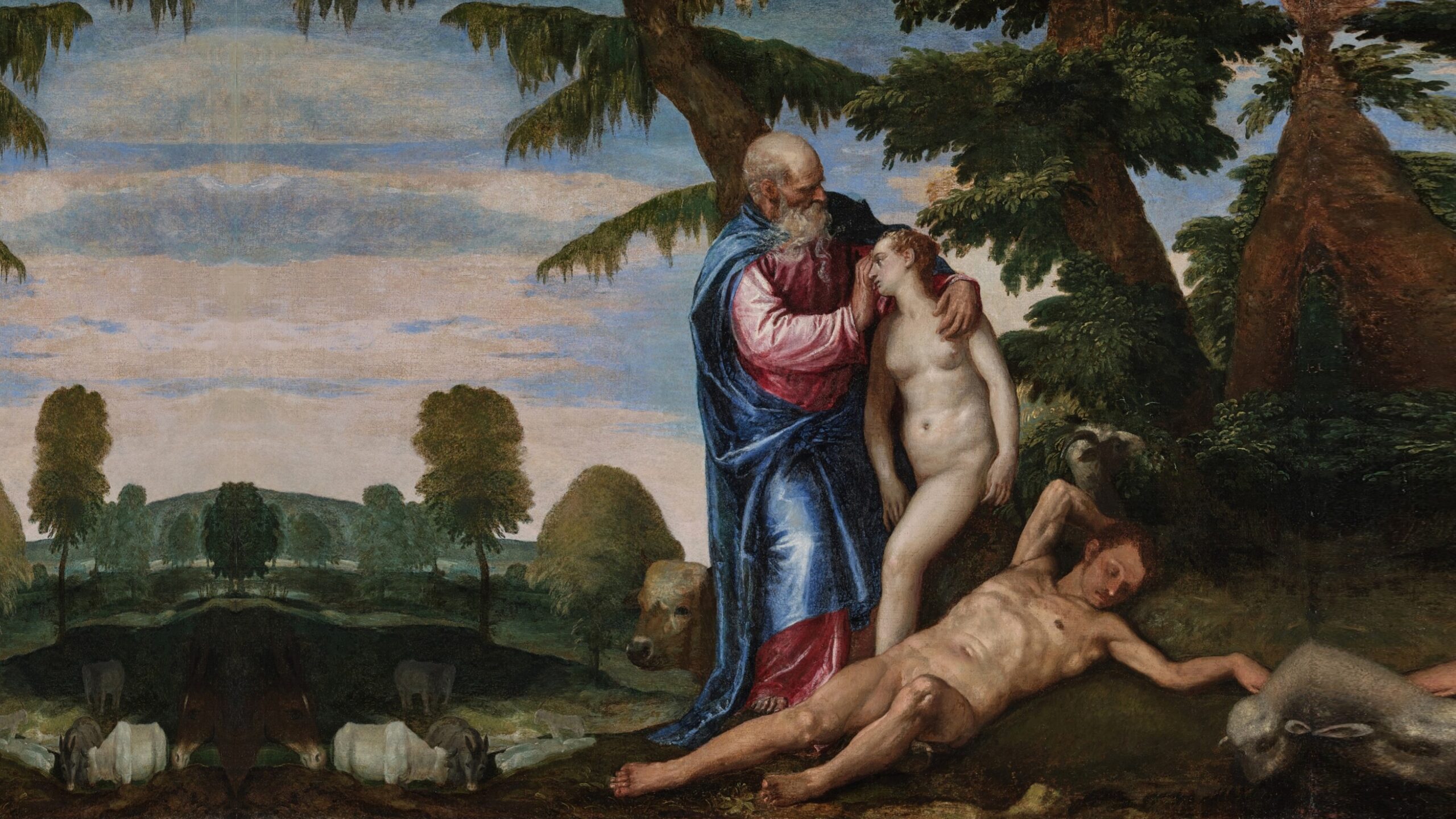Surrogacy and the Desire to Have Children – A Preface
Stephan Kampowski
Preface to the book by Enzo Vitale, «Dammi dei figli, se no io ne muoio» (Gn 30,1). Dal desiderio di maternità alla maternità surrogata, Tau Editrice, Todi 2022, 15-22.

Mater semper certa est. Contrary to the father, the mother is always certain. On account of technological progress, this old Roman adage has lost some of its obviousness. It is true, even with the rise of artificial reproductive technologies, there is no doubt about the identity of the woman who gives birth to a child. What is put into question, however, is the very definition of motherhood. Particularly with the advent of surrogacy, one must now distinguish different aspects of motherhood that were once necessarily united. There is, for one, the figure of the commissioners, who can be a couple (of the opposite sex or of the same sex) or singles of either sex. The commissioners desire a child and ask or contract a woman to carry a baby on their behalf. If the commissioner is herself a woman (with or without a partner), then we speak of the commissioning mother. There is then, second, the genetic mother, who may or may not be identical with the commissioning mother. It is the woman who provides the oocytes to be fertilized. Next, there is the gestational or birth mother in whose womb the embryo, generated in vitro, is implanted and who carries the child to term for the commissioning mother, either gratuitously or for monetary compensation. Finally, there is the social mother, who may or may not be the commissioning mother. The latter, in fact, may claim a right to recess if the child does not correspond to her expectations, so that the woman actually raising the child may yet be someone else altogether.
To answer the seemingly simple question, “Who is my mother?”, today some may find themselves in the situation of having to name up to four different women, or possibly even five if the original oocyte has been genetically recombined. The question about one’s origin becomes complicated, to the point of becoming almost absurd and unanswerable. History has always known wayward fathers. Until recently, the mother at least has been a haven of security, a figure of unconditional acceptance, an assurance of unconditional love within the limits of all things human. What effect will it have on human beings if they become unable to say with any significant clarity who their mother is? Might we approach a society in which the very word “mother” starts losing its meaning?
Mater semper certa est. There is a sense in which this saying still holds true, even today. For Italian jurisprudence, at least, motherhood is still defined without any ambiguity: the mother is the woman who gives birth. There seems to be a lot of common sense and deep wisdom to this definition. As Fr. Enzo Vitale points out in the pages that follow, there is an intense communication going on between the mother and the child in her womb. At the embryonic stage, there is an intense communication on the hormonal level, which takes on additional and even richer forms as the child grows and becomes a fetus, hearing the mother’s – and the father’s – voice, acquiring the mother’s tastes, and receiving from her the intestinal flora of symbiotic bacteria. There is a secret life of embryos and fetuses of which modern science is increasingly aware. The mother-child relationship starts at conception, or, in the case of in-vitro fertilization, at the moment of implantation. There is little wonder, therefore, about the event, related by the author, of a child weeping and screaming for an entire year without intermission after having been plucked from his mother’s bosom right after birth and handed over to his commissioners, who were complete strangers to him. There is great wonder, in contrast, about civil legislation that in some countries still allows or at least tolerates such inhumane practices.
Mater semper certa est. Who is my mother? According to the logic inherent to the practice of surrogate motherhood, the “true” mother, if any, is the commissioning mother, the one who desires the child and whose desire is the moving principle of everything that follows. Fr. Vitale therefore makes the felicitous choice of centering his discussion of surrogate motherhood on the question of the motivating desire. He does not fail to highlight the many injustices that are being committed against the child, who is being objectified, and against the gestational mother, who, at least in the case of paid services, is being exploited. His main argument, however, is that the desire moving a woman to commission a pregnancy on her behalf by another woman does not find its fulfillment by that practice. The desire for motherhood and the desire for a child (two desires that under some aspects can and must be distinguished) are good and – if rightly understood – “sacrosanct.” In absence of the capacity – or the will – to conceive a child and to give birth herself, a commissioning mother then reverts to another woman to carry a child to term on her behalf, just like the biblical figure of Rachel, who asked her husband to impregnate her servant Bilhah so Rachel could become mother through her servant. And yet, engaging a surrogate mother is an action that is unable to fulfill this desire. There is something about conception, gestation, and giving birth that cannot be substituted. Conception, gestation, and giving birth are the grounds in bodily experience of the very virtues that go on to define the personal experience of motherhood: the virtues of welcoming, nurturing, and letting go. These are experiences in the flesh that cannot be replaced by a simple act of the will that stipulates a contract, nor by merely providing one’s own genetic material: the desire for a child and the desire for motherhood remain unfulfilled.
In the course of his argument, Fr. Vitale asks himself whether commissioning a surrogate mother to carry to term one’s child is not similar to adoption. There is general agreement that adoption is a laudable practice and that the adoptive parents are true parents. This discussion is extremely important, also because it clarifies and qualifies his previous statement about the desire for motherhood being “sacrosanct.” Indeed, for adoption to be truly virtuous, it needs to be motivated by the desire to give a family to someone who has none.[1] It is the solution to the problem: a child without family. It must not be motivated – at least not primarily – by the desire of a childless couple or a single person to obtain a child. Adoption must not be the solution to the problem: couple or single without child. Drawing on the most valuable analysis of the French philosopher Marcel Gauchet,[2] Vitale demonstrates that the desire for a child, as natural and spontaneous as it may be, can easily be deformed into an attitude that is poisonous for the relationship between parents (particularly mothers) and their children. Parental, which in most cases means maternal, desire must not become the principle of a child’s being. If it does, then the child becomes instrumentalized: he or she exists to fulfill his or her parents’ desires.
To respect their dignity, children must be loved and willed for themselves and not as the function of someone else’s wishes. As Alasdair MacIntyre points out, Western history and literature provide abundant examples of the quintessential Bad Father and the Bad Mother. Their badness, according to him, resides in “demanding that the child give what the child does not owe,”[3] thus making their love conditional. “I love you if…” – if you are beautiful, healthy, gifted, a boy, a girl, an heir who carries on my business, a winner of a Nobel Prize… The good parent, in contrast, is one who says: “I love you, period…” – unconditionally, simply because you are my son or my daughter, even if you are not beautiful, healthy, gifted…[4] Managing parental expectations is a key-exercise for good parenting.[5] According to Gauchet, the child of desire is a true anthropological revolution. Though this phenomenon is not limited to the practice of artificial procreation, the child conceived by artificial means is its epitome and surrogate motherhood brings it all to a head: the principle of the child’s being is parental desire, with which are connected quite specific expectations. Adoption, too, could lend itself to being motivated by such an attitude: we/I want a child to quench a thirst, to fill a void. Here, indeed, one may see a similarity between the practice of surrogate motherhood and that of adoption, but to adoption gone wrong, moved by the wrong motives.
Commissioning a surrogate mother is unlike adoption, however, in at least two essential ways. First, one must note that the commissioners clearly consider surrogacy to be different from adoption. If they thought it the same, then they would not go through all the trouble. They usually see a fundamental difference here: they do not want to have just any child that then becomes their child through the legal act of adoption, but they want a child that is their own from the start. They consider the child their own inasmuch as they provide genetic material (the oocyte and/or the sperms) or at least inasmuch as they are the ones who initiate the procedure and stipulate the contract. The idea is that a child who owes his or her existence to one’s will and who has received one’s genes is more one’s child than an adopted child. This would seem to be the motive for choosing surrogacy over adoption.
One may of course challenge this latter assumption and say that under the aspect of having a child that is one’s own child, surrogacy is much more like adoption than what the commissioners admit. Surrogacy and adoption share the fact that the bodily experiences of conception, gestation, and giving birth are missing, experiences that create a strong bond between mother and child and are the grounds in bodily experience that allow a woman to speak of her child. Evidently, the will to produce a child and possibly the fact of sharing one’s genes with the child are also grounds for claiming the child as one’s own, but they are not experienced in the body. It is a rather gnostic approach to human generation for a woman to speak of her child simply because she has commissioned the child and because she, perhaps, has contributed genetic material, claiming that these facts are more important than conception, gestation, and giving birth.
The second sense in which surrogacy is different from adoption is probably the more fundamental and important one, even if the commissioners usually do not attend to it. Fr. Vitali is very clear on this point. One adopts a child who has no family. Now the reasons why a child has no family are usually found in some tragic events. The father has abandoned the mother when he heard she was pregnant, and she died while giving birth. The parents died in a car accident, in a pandemic, in a war. A young mother rightly or wrongly judges that she is not capable of raising the child. Refusing the temptation to put an end to his or her life while still in her womb, she then does well to entrust the child to the care of others. These are tragic and at times traumatic events that cause great suffering. And indeed, life is often tragic and at times traumatic. The adoptive parents then come and provide a home to the child who has none, offering him or her acceptance and unconditional love that allows the child to heal, to grow, and to thrive. Surrogacy is very different. Here the traumatic event, the child’s violent separation right after birth from the woman who carried him or her to term, was part of the plan from the beginning. The commissioners are like adoptive parents who cause the very drama that makes adoption necessary. This is what the commissioners do. Is it what they truly want?
Fr. Vitale ends his reflections with a suggestive excerpt from Michael Ende’s The Never-ending Story. The realm of Fantasia is threatened by the sinister “Nothing” that devours and destroys everything coming its way. Its force lies in the death of desire. The antidote is “true desire.” To resist the onslaught of Nothing, the inhabitants of Fantasia need to know what they truly want. Not just any random desire will do, but only desire that corresponds to what they truly love. Thus, to respond to the challenge posed by surrogacy, Vitale, after a careful analysis of the anthropological and ethical stakes involved, ultimately proposes a hermeneutics of desire: “[It is necessary] to get to the bottom of a desire, of every desire, to understand it. Desires cannot be extinguished, and they must not be annulled, but they have to be understood in their depth. And only those capable of embarking on this inner journey will understand their value.”[6] It is with great pleasure that I recommend this work to the reader, encouraging him or her to be challenged by the book’s fundamental question: what is it that we desire when we desire a child?
-
Cf. Francis, Post-synodal Apostolic Letter Amoris Laetitia, 19 March 2016, n. 179: “Adopting a child is an act of love, offering the gift of a family to someone who has none.” ↑
-
Cf. Marcel Gauchet, Il figlio del desiderio. Una rivoluzione antropologica, Vita e Pensiero, Milano 2010. ↑
-
Cf. Alasdair MacIntyre, Dependent Rational Animals, Why Human Beings Need the Virtues, Open Court, Chicago 1999, 105. ↑
-
Cf. MacIntyre, Dependent Rational Animals, cit., 90: “If parents, especially mothers, are to provide children with the security and recognition that they need, they have to make the object of their continuing care and their commitment this child, just because it is their child for whom and to whom they are uniquely responsible. … Their initial commitment has to be in important respects unconditional.” ↑
-
Cf. M. Junker-Kenny, “Genetic Enhancement as Care or as Domination? The Ethics of Asymmetrical Relationships in the Upbringing of Children”, in Journal of Philosophy of Education 39 (2005), 12: “Adults accompanying children’s ‘social birth’ have to walk a tight line between respect for their difference and respect for their dependence. In both, they have to be able to distinguish between their own desires and hopes, and the reality of the other. The biblical command, ‘Thou shalt not make an image of me’ (cf. Ex 20) captures this attitude. For the Swiss author Max Frisch, making an image of the other person and fixing him to it is ‘the ultimate betrayal.’ It appears that the foremost pedagogical quality is to be able to control one’s own projections.” ↑
-
Enzo Vitale, «Dammi dei figli, se no io ne muoio» (Gn 30,1). Dal desiderio di maternità alla maternità surrogata, prefazione di S. Kampowski, Tau Editrice, Todi 2022, 113 (my own translation). ↑
Share this article
About Us
The Veritas Amoris Project focuses on the truth of love as a key to understanding the mystery of God, the human person and the world, convinced that this perspective provides an integral and fruitful pastoral approach.



